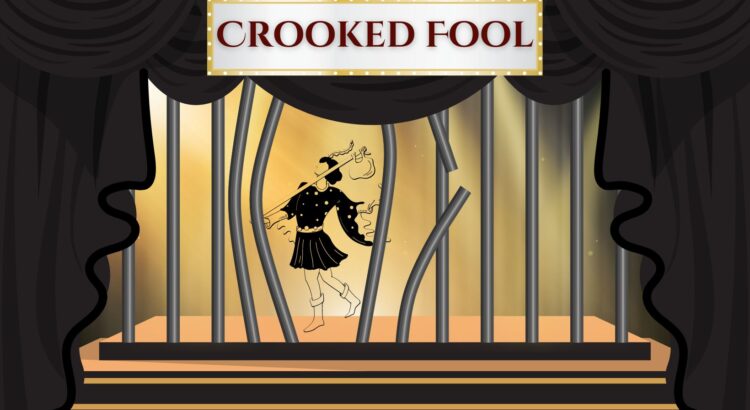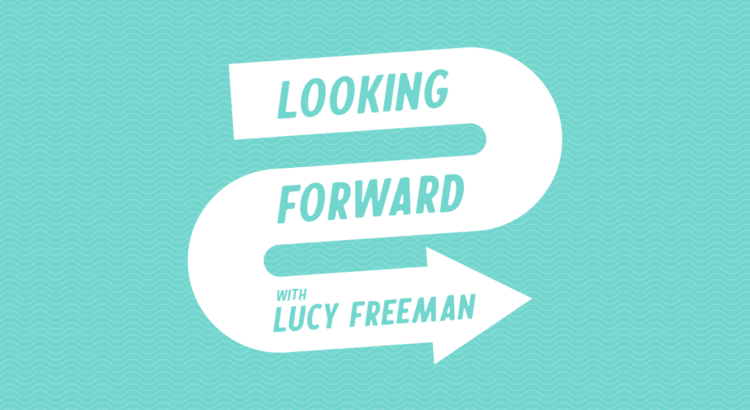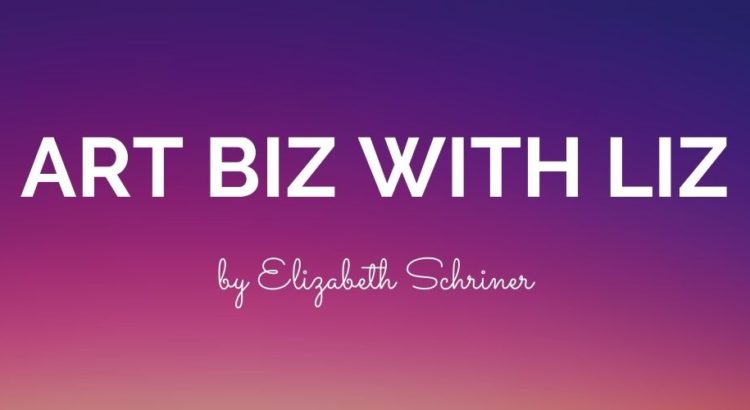Last weekend, I was able to take a restorative justice training with the Dispute Resolution Center. This particular training was focused on circle processes, which basically set a container for allowing everyone with a stake in a given situation the chance to speak. In addition to being a tool for addressing harm, it turns out that circles can also be an excellent tool for building community. Maybe that’s why I couldn’t stop drawing parallels to theatre (shoutout to the others in the training for not making fun of me!)
A circle begins with laying a centerpiece down on the floor – maybe a blanket with a few objects of significance resting on top. There’s a brief reading or ritual at the beginning and the end, and an object is passed from hand to hand as each person takes their turn offering their thoughts on whatever the topic of the circle might be. Everyone else focuses either on the person speaking or on the centerpiece.
Restorative Justice practices are drawn from Indigenous cultures around the world. Restorative approaches to harm have been slowly gaining traction in the US over the past few decades, inevitably sometimes being whitewashed, appropriated, and co-opted by systems that are built around punishment and isolation rather than repair and connection. There’s a whole rabbit hole we could go down about restorative practices, but in this moment I’m most concerned about the community building aspect.
There’s a quote that I hear a lot. To paraphrase: “We can get hurt in relationships and we heal in relationships.” Whether we’re talking about personal disagreements or generational trauma, connection offers an opportunity to heal.
I’ve written before about how the arts can promote connection. My limited experience with expressive-arts based approaches through Telling It has also taught me how creating in community is not just effective at healing, but crucial for human wellbeing. Creating and sharing together fosters a kind of connection that makes tough conversations possible.
How different is it to speak in a group versus singing, rhyming, or dancing in a group? If live performance has its roots in religious ritual, how can it help create a space sacred enough and safe enough to dive into high-stakes conversations?
The performing arts are filled with examples of systemic harms and unchecked privilege. I can definitely see an opportunity for restorative practices to help address some of the more harmful industry norms. But I also think that focusing on deep connection in the arts has at least as much potential for creating change. How do we create spaces where people can speak openly about their thoughts, whether it’s about creative ideas or the power dynamics in the room?
So often, I feel as though we treat both creativity and restorative approaches to harm like extras: something nice to have but not crucial, and often overridden by the needs powerful systems. What if human expression and connection became crucial? What if deep honesty were centered? Who could be heard and what would be possible?



 This week I had the opportunity to chat with Akshay Chacko, Co-President of Michigan Electronic Music Collective (MEMCO). He gave me some insight into what MEMCO does on campus, how they’ve adjusted to COVID, and how students can get involved with the organization. Let’s dive right in!
This week I had the opportunity to chat with Akshay Chacko, Co-President of Michigan Electronic Music Collective (MEMCO). He gave me some insight into what MEMCO does on campus, how they’ve adjusted to COVID, and how students can get involved with the organization. Let’s dive right in! addresses these areas by providing equipment for their members to learn and practice on – from their full-scale, state-of-the-art setup to more portable DJ controllers that are able to be individually borrowed during COVID (and which they were able to get thanks to an Arts at Michigan grant!). They also host a series of speaker panels and educational events which cover topics like the history of electronic music, insights from talent bookers or graphic designers, and understanding the intersectionality that techno music was built upon – including its connections to Detroit. Many of their educational programs have been able to be moved online fairly seamlessly, allowing their members to grow their passion and knowledge of music even in quarantine.
addresses these areas by providing equipment for their members to learn and practice on – from their full-scale, state-of-the-art setup to more portable DJ controllers that are able to be individually borrowed during COVID (and which they were able to get thanks to an Arts at Michigan grant!). They also host a series of speaker panels and educational events which cover topics like the history of electronic music, insights from talent bookers or graphic designers, and understanding the intersectionality that techno music was built upon – including its connections to Detroit. Many of their educational programs have been able to be moved online fairly seamlessly, allowing their members to grow their passion and knowledge of music even in quarantine. which it’s usually just members of our club but sometimes we would book, like, bigger artists from Detroit and stuff. We handle the booking, we handle, like, the graphic design, the promotion, and we meet up and then go, you know, poster around campus and downtown and stuff, and then we handle the production of this event from start to finish.”
which it’s usually just members of our club but sometimes we would book, like, bigger artists from Detroit and stuff. We handle the booking, we handle, like, the graphic design, the promotion, and we meet up and then go, you know, poster around campus and downtown and stuff, and then we handle the production of this event from start to finish.” dle booking and all these things and, like, for an upcoming event we have booked some DJ and stuff… I’d say we have a professional setup that is, like, up to par with, you know, any big DJ and what they’re doing, so it’s as good as we could be. I’m honestly, like, really proud of the setup that we have to do our live streaming.”
dle booking and all these things and, like, for an upcoming event we have booked some DJ and stuff… I’d say we have a professional setup that is, like, up to par with, you know, any big DJ and what they’re doing, so it’s as good as we could be. I’m honestly, like, really proud of the setup that we have to do our live streaming.”





